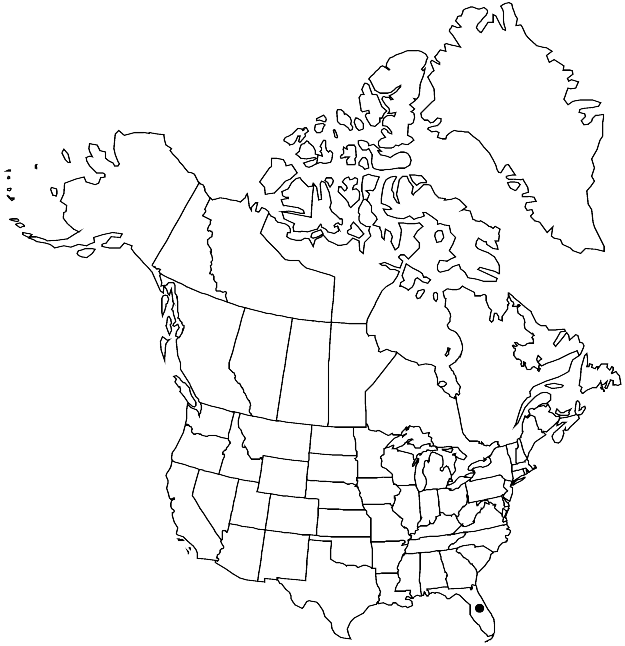Difference between revisions of "Groutiella tomentosa"
Taxon 9: 51. 1960.
FNA>Volume Importer |
imported>Volume Importer |
||
| Line 50: | Line 50: | ||
|publication year=1960 | |publication year=1960 | ||
|special status= | |special status= | ||
| − | |source xml=https:// | + | |source xml=https://bibilujan@bitbucket.org/aafc-mbb/fna-data-curation.git/src/bb6b7e3a7de7d3b7888a1ad48c7fd8f5c722d8d6/coarse_grained_fna_xml/V28/V28_49.xml |
|genus=Groutiella | |genus=Groutiella | ||
|species=Groutiella tomentosa | |species=Groutiella tomentosa | ||
Revision as of 22:46, 27 May 2020
Plants green. Branch leaves with distal leaves erect-spreading to spreading and widest distally, lanceolate-oblong to ovate-lanceolate, 1.5–3 mm; margins denticulate proximally as projecting cell ends, entire distally; apex acute, ending in long, linear, fragile subula; costa prominent, vanishing in subula, or often ending near apex in proximal leaves; distal laminal cells irregularly rounded to elliptic-hexagonal, 3–6 µm. Sexual condition dioicous, male plants similar to female; perigonia terminal. Seta 5–11 mm. Capsule oblong- to short-cylindric, 2.2–3.5 mm. Spores isosporous, 22–32 µm.
Habitat: Trees, rock in subtropical forests
Elevation: low elevations
Distribution

Fla., Mexico (San Luis Potosí, Tamaulipas), West Indies, Central America, South America, Asia.
Discussion
Groutiella tomentosa has leaves narrowed to a rigid, long, often fragile subula.
Selected References
None.